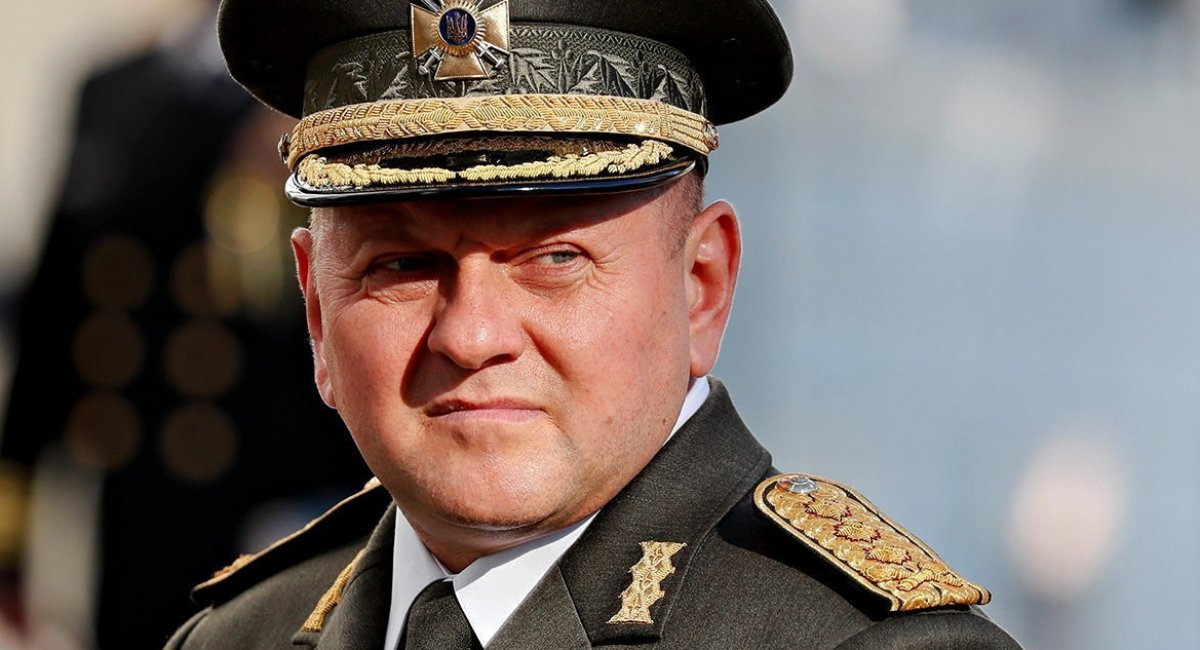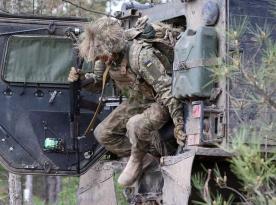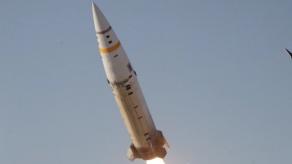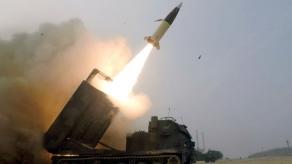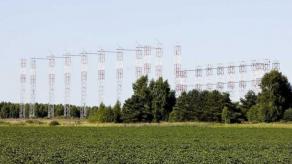The newest edition of Time magazine is about to hit the markets with a photo of General Valerii Zaluzhnyi on the front page – and an article about his persona inside. The article covers many aspects of his career and image, and influence.
But what is most interesting for us here is some details that played a pivotal role in the success of Ukraine’s defense during the first days of the full-scale invasion of russian forces that surrounded most of the Ukrainian border and attacked from multiple directions, and also the recent counteroffensive operation in northeastern Ukraine, which resulted in more than 6,000 sq km of Ukrainian territory returning under the Kyiv’s control.
Read more: Why russians "Slept Through" Ukraine’s Offensive In Kharkiv Oblast, and How Long It Takes to Liberate Kherson Oblast
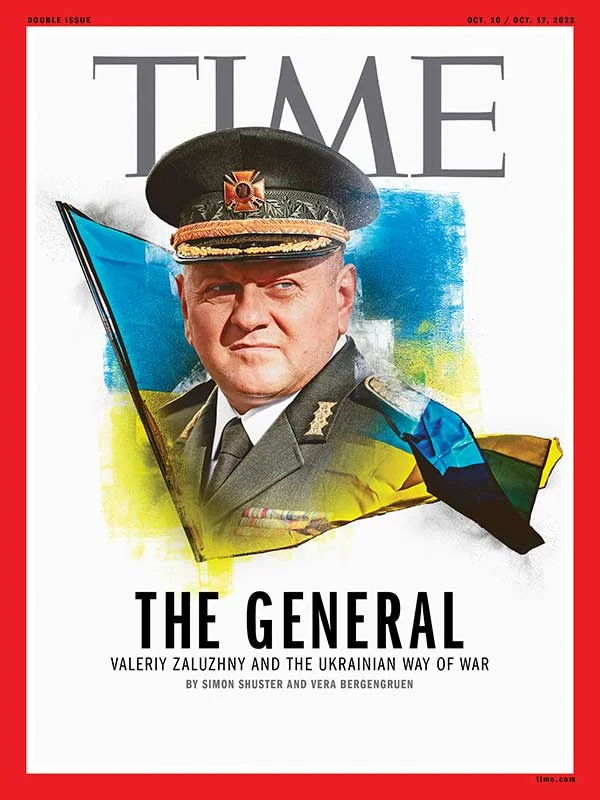
Here are some related excerpts. First of all, when the war was looming in February 2022, Supreme Commander Zaluzhnyi launched a series of major military drills, that "were a centerpiece of Ukraine’s defensive strategy" imitating a conventional massive russian offensive, as the real russian tanks and troops were already gathered around the border at the very same time. But another crucial objective of the drills was to relocate equipment and troops out of their bases so that they don’t get destroyed with missile attacks that rocked the country on the morning of February 24 and later on.
At that time, there were two strategic goals:
"We could not allow Kyiv to fall," Zaluzhnyi said to the Time. "And, on all the other vectors, we had to spill their blood, even if in some places it would require losing territory."

While the fall of Kyiv would mean the defeat of Ukraine, the idea behind the second part of the plan was to strain russian supply lines and attack them while vulnerable. But what surprised even commander Zaluzhnyi was that russians did not retreat or change their approach, just sending their soldiers to die.
Next, as Ukraine managed to hold on in the face of russian flood, the question was raised, how to reclaim the territories occupied by the russian forces. And there Ukrainian authorities started to publicly expose their plans for an offensive in the south. Lured russian forces, including the most combat-capable ones, gathered in southern Ukraine. This was the moment when Ukrainian forces striked in the northeastern Kharkiv region, liberating cities and wrecking russian supply chains. As we could see, the successful Ukrainian operation caught russians off guard, that’s why Ukrainians managed to capture lots of abandoned equipment and ammunition, including some really valuable trophies.

Finally, the authors describe Valerii Zaluzhnyi as "raised in Soviet Ukraine, but eager to shed USSR military dogma", since he paid close attention to Western model of military structure and tried to mirror the armed forces of the United States and other NATO countries.
In particular, while he ruled forces fighting against the russians since the 2014 annexation of Crimea, he "developed junior officers and encouraged more agile decision-making, pushing down authority to commanders on the ground."
That approach paid off as Ukrainian forces started pushing out russian occupiers in September 2022. Experts noted the discipline and flexibility of the command structure of Ukrainian units on the tactical level: unlike russian ones, they have enough freedom to quickly make decisions depending on the situation on the ground.

At this point, we should note that the article gives credit for all the mentioned successes not only to Commander-in-Chief Zaluzhnyi. "It’s not a story of one star, but a constellation of our military elite," said Ukrainian defense minister Oleksii Reznikov. Among others, General Oleksandr Syrskyi, the commander of Ukraine’s ground forces, who led the defense of Kyiv and the counteroffensive in the east, and Kyrylo Budanov, the head of Defense Intelligence of Ukraine.
Defense Express did also draw attention to the fact that preparations for some particular operations like the Kharkiv counteroffensive, or the liberation of Zmiinyi Island, as well as for the war in general, was a complex process that started with the Ukrainian military reforging from an obsolete Soviet-model army to a contemporary modern NATO-standard armed force.
Read more: Ukraine is Developing Countermeasures Against Iranian Shahed-136 'Kamikaze' Drones




